Rachel stares calmly at us through the screen. “Caps off!” She says. “Ten thousand caps come off. Caps on! Ten thousand caps go on.”
Rachel is telling a scene from Elie Wiesel’s Night. Fifteen-year-old Elie stands with thousands of other inmates at roll call in the Buna Concentration Camp near Auschwitz. They stand in the cold, waiting impatiently for their dinner. They are forced to watch as a fellow inmate, another teenager, is hanged for stealing food. This particular scene spoke to fifteen-year-old Rachel when she read the book.
Rachel is not reading the scene from the book, however. She is telling it as a story, in first person and present tense. She is telling it as if she were Elie, as if she were there. We, her listeners, are there with her.
Building A Visceral Connection
For several years, I have been trying to figure out how to teach the Holocaust in the high school program of a supplementary religious school. In 2016, my colleagues and I put together a program to teach the Holocaust in our Kindergarten through 8th grade Judaic classes. In that program, we build a solid foundation of knowledge and understanding leading up to high school.
When we designed the program, I had planned for the high school portion to be the deep dive, where we taught the most difficult parts of the Holocaust, the parts that were not age-appropriate to discuss before high school. I repeatedly came up against the same problem: time. In our high school program, we get 90 minutes per week for 24 weeks in a year. Even if we devoted that entire time to the Holocaust, we couldn’t begin to scratch the surface.
About a year ago, I had a realization. Teaching the facts and figures of the Holocaust is not the job of a supplementary religious school. The job of a supplementary Jewish school is to build a personal, visceral connection between the students and the story of their people. The job of a good Holocaust program is to build that connection to the story of the Holocaust.
A Storyteller
When I framed Holocaust education as telling a story, I knew exactly what I needed to do. I needed to talk to Jennifer Rudick Zunikoff, a storyteller and poet who for ten years co-led a class at Goucher College in Baltimore on how to tell survivor stories.
Jennifer and her colleagues taught the students to interview survivors and then to turn those interviews into stories that they, the students, could tell. The students told the survivors’ stories in first person, as if they themselves had experienced the events. Hearing stories that happened to young people told by young people was powerful. The students’ own connections to the stories was even more powerful.
Could we use the same techniques to give our high school students that powerful connection to the stories of the Holocaust?
We would have to simplify the process — take out the survivor interviews, for instance — but it could be done. Students could learn stories from hearing them in class, or from primary sources like diaries and memoirs. In fact, diaries opened up an entirely new avenue. With diaries, we could tell stories of victims as well as survivors.
The more I thought about this idea, the more excited I got. If this worked, it would not only be a great program for supplementary religious schools. It would also be a perfect capstone project for any school where the students had spent time studying the Holocaust.
A Pilot Program
This spring, we piloted the program at Congregation Kol Ami in Flower Mound, Texas. Ten teens agreed to participate in a storytelling unit. The students heard three adult storytellers tell the stories of survivors and victims of the Holocaust. Then the students chose a story to learn to tell.
Some retold scenes from the stories they had heard in class. “Retelling the scene gave me a chance to process the story in a new way,” one student told us. This is the beauty of storytelling. Hearing a story told by a live speaker creates a visceral connection that watching a video does not. Telling the story yourself transforms that connection to a deep emotional attachment.
Others chose stories they had heard in other contexts. Some told family stories. One told the story of a survivor she had met on a trip to Poland, including in the story her own interaction with the survivor.
Rachel was among several who chose to tell stories they had read. “This was the one part of Elie’s story that I connected with the most,” she said, “and that was when I knew I had to tell his story.”
Throughout the eight weeks of the class, the students learned techniques of storytelling: using first person, telling in present tense, jumping into the scene, and pausing for effect. They practiced their scenes with partners, exchanging appreciations for the work they had done.
Not surprisingly, not all the students were comfortable with the idea of oral storytelling. One autistic teen found the improvisational nature of storytelling, even with a single partner, to be anxiety-inducing. We allowed her to write her story out in her own space. In the end, she astounded us with a story of remarkable emotional depth.
The students’ responses were everything we had hoped they would be. “When I witnessed the passion of these high school students,” Jennifer told me later, “the way that they shared stories of Holocaust survivors with respect and honesty, I knew that the next generation will ensure that the stories of the Shoah will continue to be told.”
Student Storytellers
“Caps off!” Rachel says again. We hold our breath as, once again, ten thousand caps come off.
It is two months after the class ended. Rachel is telling her story over Zoom to a group of adults at a Holocaust storytelling workshop at the Summer of NewCAJE, an online Jewish educator’s conference. Her audience consists of professional teachers and storytellers. Most of the listeners are familiar with Night. Many have taught it. Rachel’s story is all of three minutes long, but the adults who listen to it are left breathless.
“Rachel, your voice and tenor and tone interpreted this story in such a powerful way,” one participant tells her. “Your voice resonated both the ordinariness of murders like this and the waiting for dinner — also ordinary — and also the horror and the absolutely out-of-ordinary. Thank you.”
By learning to tell the stories of those who experienced the Holocaust, Rachel and her fellow students have become custodians of particular pieces of that memory. At the same time, they have created deep emotional attachments to the stories of the Holocaust and the desire to pass those connections on to others.
“The high school [Holocaust storytelling] program gave me a new perspective on learning,” Rachel says. “Not only did I learn how to teach others about the Holocaust, but I also learned a new way to tell stories and bring people together.”
This is exactly what a high school Holocaust program should do: Give the students ownership over the stories of those who experienced the Holocaust, and give them the ability and desire to pass those stories on to others.
Dr. Deborah Fripp is the president of the Teach the Shoah Foundation. Her website, www.teachtheshoah.org, provides resources on commemorating, teaching, and understanding the Holocaust for communities, educators, and families. She is actively looking for schools to pilot the next steps in the high school Holocaust storytelling program.

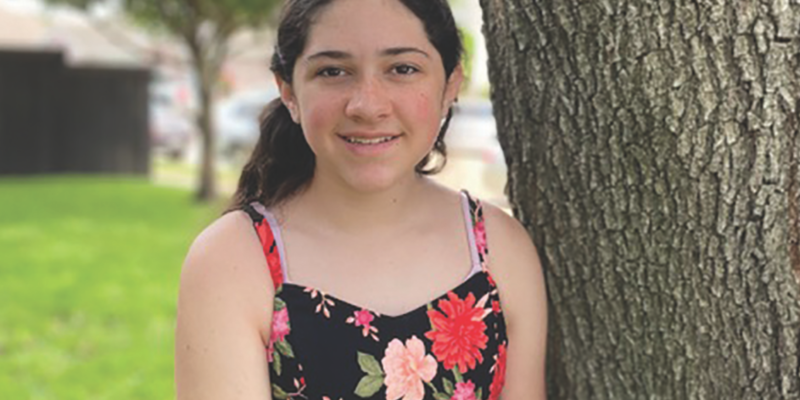
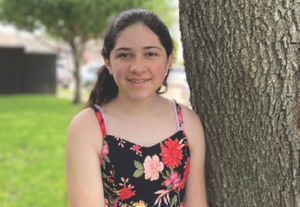



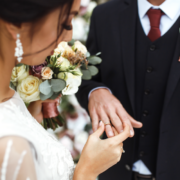
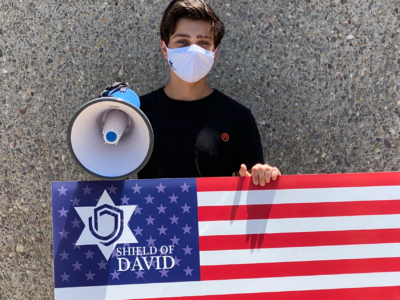
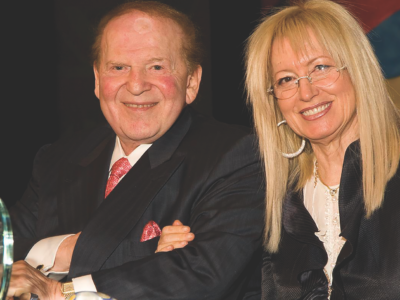

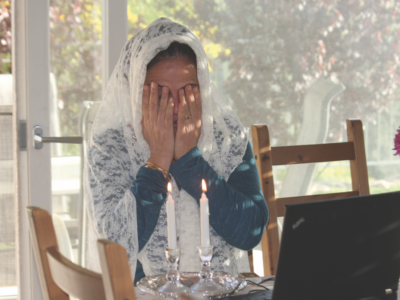
Comments